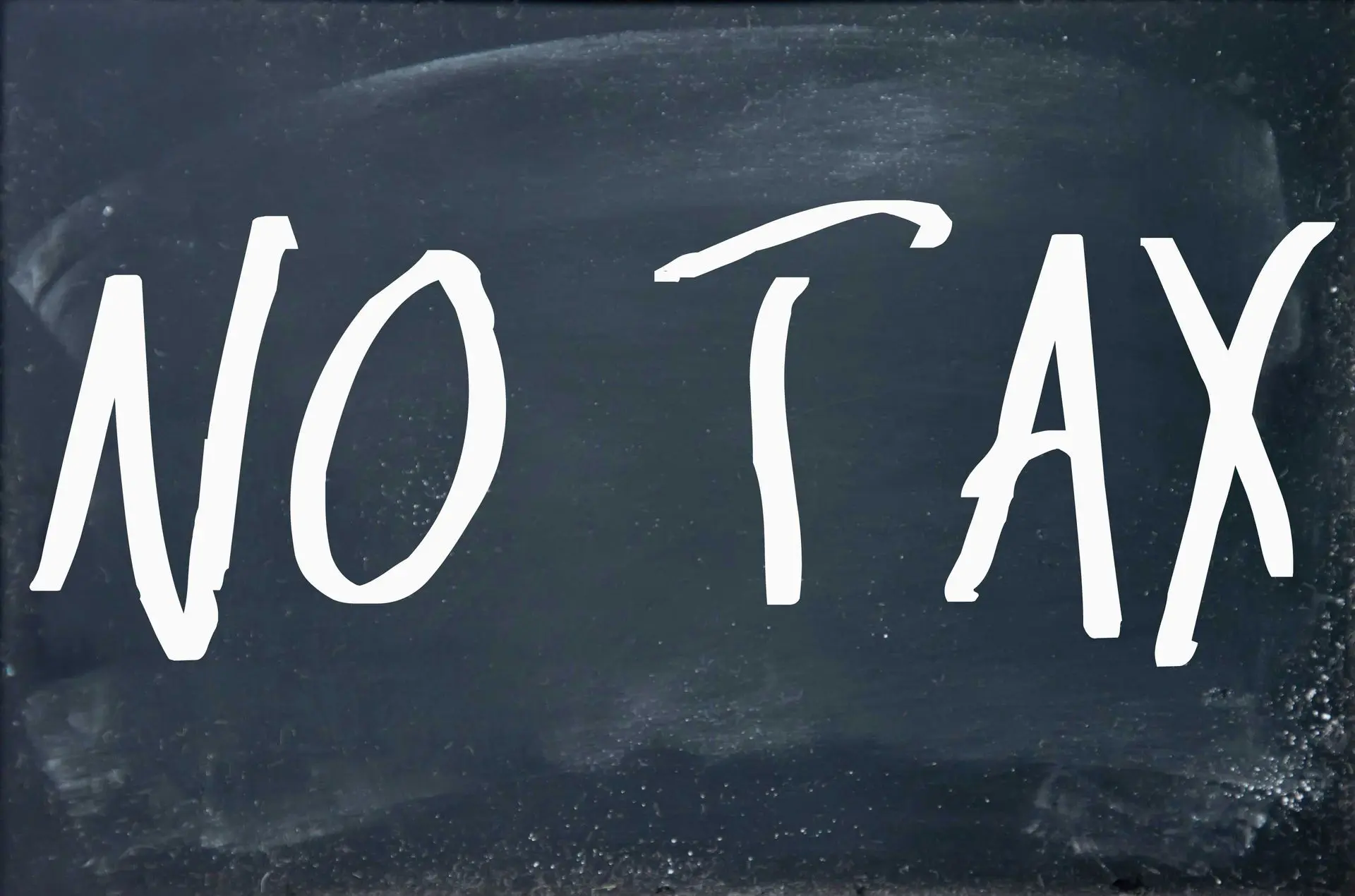No Tax vs Transportation Charges
When comparing no tax vs transportation charges, it's important to understand how each affects both consumers and businesses in different ways.

NO Tax
Impact on Consumers:
- Lower Price: The absence of taxes makes the product or service cheaper for consumers, as they do not need to pay any additional costs beyond the base price.
- Increased Buying Power: Without taxes, consumers can afford to buy more or other goods, improving their overall purchasing power.
- Attractive for Budget-Conscious Buyers: Lower costs can appeal to price-sensitive consumers, particularly in sectors like retail, food, or essential goods.
- Increased Disposable Income: When consumers aren’t burdened with taxes, they have more disposable income, which may increase their overall consumption. This could be particularly important for essential goods.
- Encourages Consumption: Lower product prices can lead to an increase in demand, as consumers may be more willing to purchase products when no additional tax is applied. This could encourage spending in sectors such as wholesome food and healthy lifestyle.
Impact on Businesses:
- Competitive Pricing: Companies can offer more attractive pricing without the burden of taxes, which could help them stand out in competitive markets.
- Simplified Pricing Structure: Businesses do not have to account for taxes in pricing or deal with tax compliance, simplifying accounting and pricing strategies.
- Increased Consumer Demand: Businesses may experience higher demand as consumers see the products as more affordable, leading to more sales.
Transportation Charges
Impact on Consumers:
- Increased Costs: Consumers must pay for the transportation of products, which can add to the overall cost, especially for long-distance shipping or expedited delivery.
- Impact on Buying Decisions: High transportation charges might deter consumers from completing purchases, especially if they feel that delivery costs outweigh the product’s value.
- Flexible Shipping Options: Consumers might be able to choose from different shipping options (standard, express, free shipping) that can affect how much they pay.
- Delivery Time Sensitivity: Consumers may opt for faster delivery services (higher transportation charges) if they need the product urgently, or they may choose slower, cheaper options if they have more time.
Impact on Businesses:
- Increased Operational Costs: Businesses may incur significant costs for transporting goods to consumers, especially if the business operates globally or across vast regions.
- Pricing Strategy: Companies may have to adjust their pricing structure to account for transportation charges, sometimes offering free or subsidized shipping to remain competitive.
- Customer Satisfaction: Providing transparent and reasonable transportation charges can improve customer satisfaction. High or unexpected shipping costs can lead to negative reviews or cart abandonment.
- Profit Margins: Depending on how businesses structure their shipping fees, high transportation charges may eat into profit margins, especially if businesses offer free shipping or subsidise shipping costs for customers.

Key Differences and Considerations
Both no tax and transportation charges are key factors in shaping consumer behavior and business strategies, but they operate in different ways—one affecting the cost structure and the other the delivery process.
Aspect | No Tax | Transportation Charges |
Consumer Cost | Lowers the overall price for consumers. (no added tax) | Adds to the final price depending on shipping method. (shipping) |
Consumer Perception | Appealing due to the simplicity of pricing. | Can deter purchases due to extra fees. |
Simplicity for Consumers | Simple, clear pricing | Varies based on delivery method, distance, etc. |
Market Appeal | Appeals to price-sensitive consumers | Delivery fees can deter purchases if too high |
Market Strategy | Easier to promote and market as affordable. | Shipping fees can be used as a marketing tool (free shipping offers). |
Business Impact | Easier pricing and allows for more competitive pricing. | Can increase operational complexity and affects profit margins and requires strategic pricing. |
Predictability | Fixed price, no surprises at checkout. | Can vary widely depending on delivery options. |
Long-Term Impact | May boost consumption and stimulate the economy. | Could inhibit some purchases, especially in global shipping. |
Scenario Comparison
No Tax Scenario:
-
Imagine a country where all products are sold with no taxes. A consumer buys a £100 product, and the total amount they pay is exactly £100. Businesses don’t need to factor in the cost of collecting taxes, making pricing simpler. The economy may experience increased consumption due to lower costs for consumers.
Transportation Scenario:
- Now, imagine the same £100 product but with a £10 transportation fee added. If the consumer is purchasing from an online retailer, the total cost is now £110. Consumers in this case might be hesitant to complete their purchase, especially if they find similar products with no added shipping costs. Businesses may offer promotions like "free shipping on orders over £50" to offset these charges and incentivize larger purchases.
no tax vs transportation charges
Conclusion
No Tax
The absence of taxes directly reduces the consumer price and simplifies business operations, but may result in a loss of government revenue. This can be particularly beneficial for consumer goods and stimulate demand, but can create challenges for the broader economy due to reduced public funding.
Transportation Charges
While not necessarily a "tax," transportation fees affect the final cost of goods and can influence purchasing decisions. High shipping costs can deter consumers, and businesses must find ways to balance these costs with consumer expectations, potentially offering promotions or finding more cost-effective shipping solutions.
